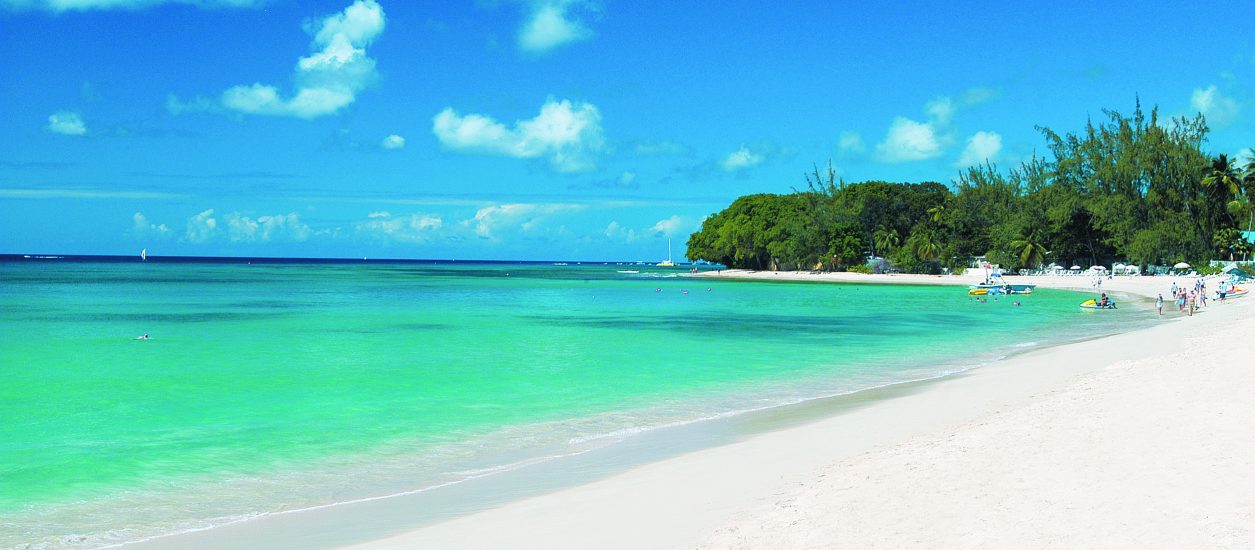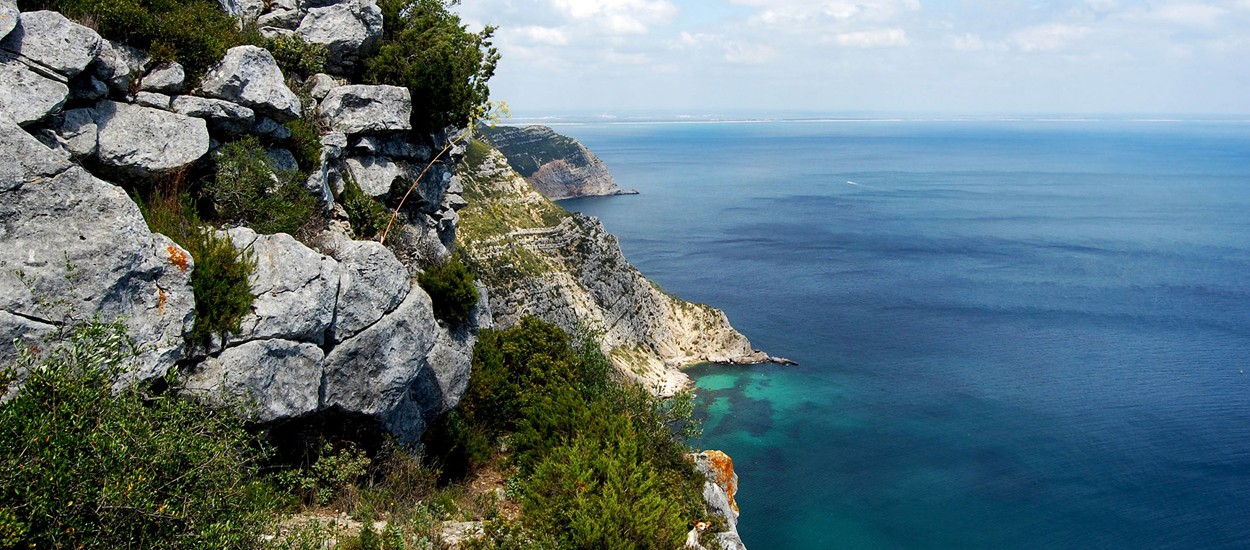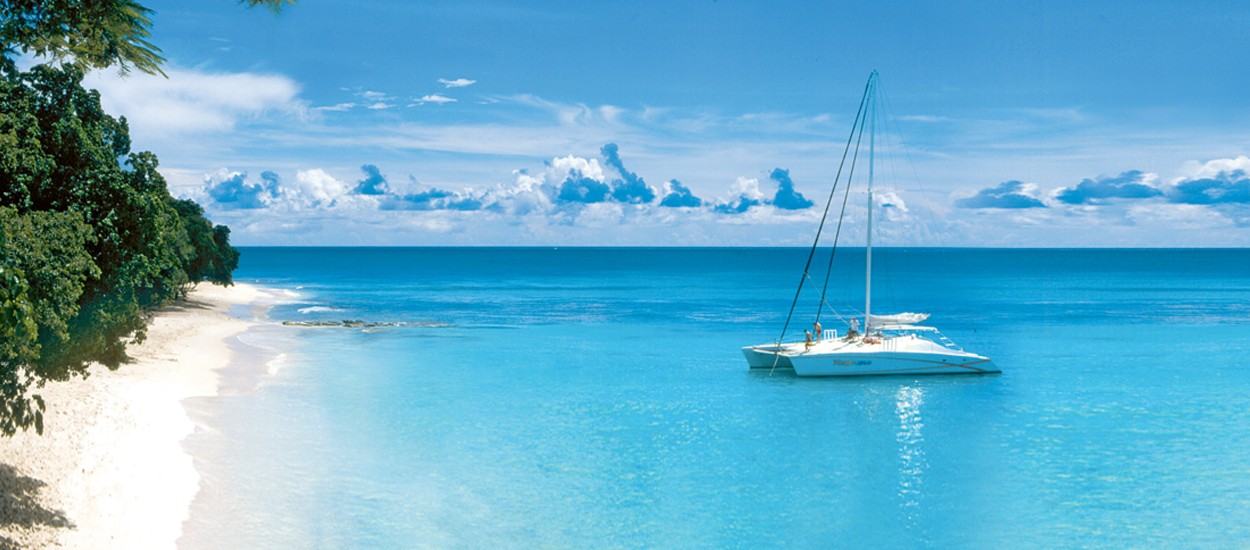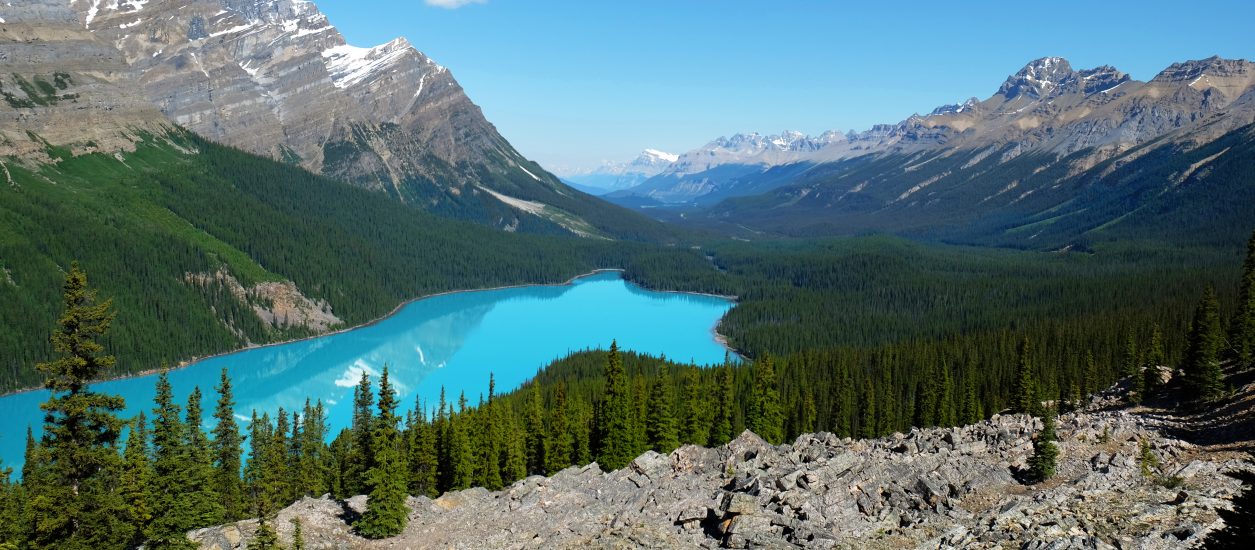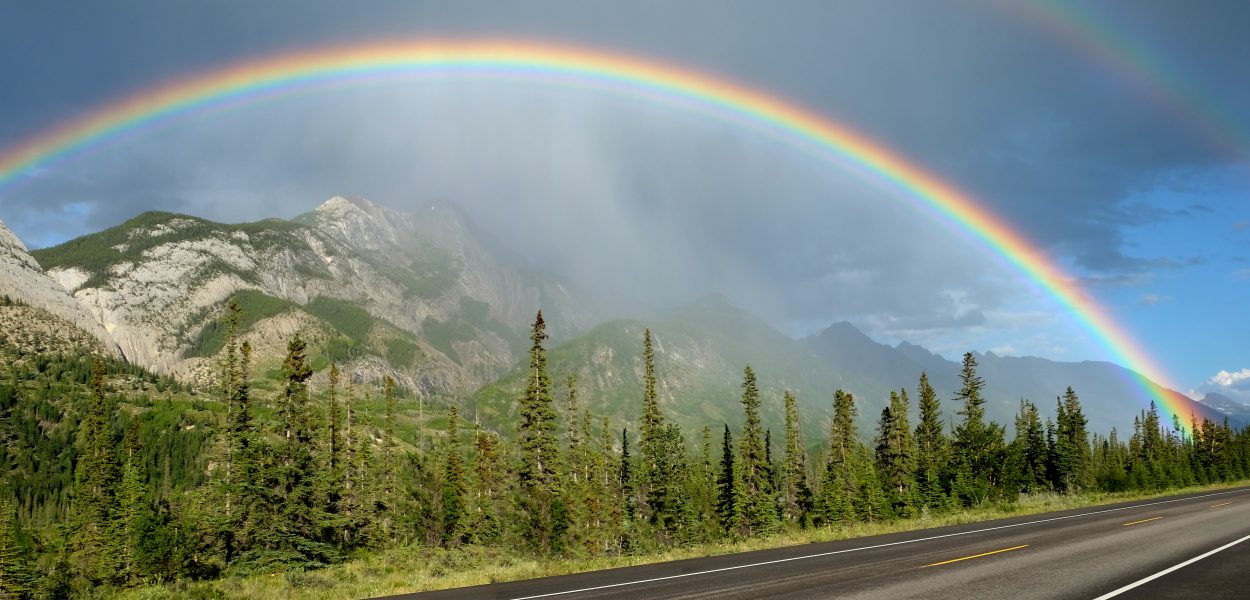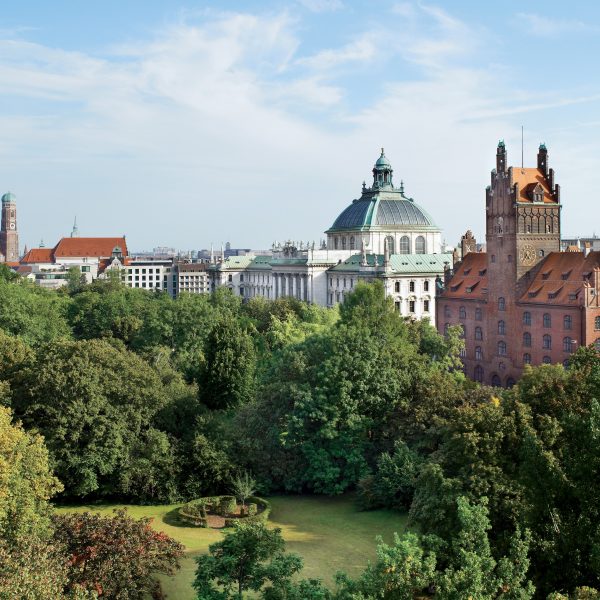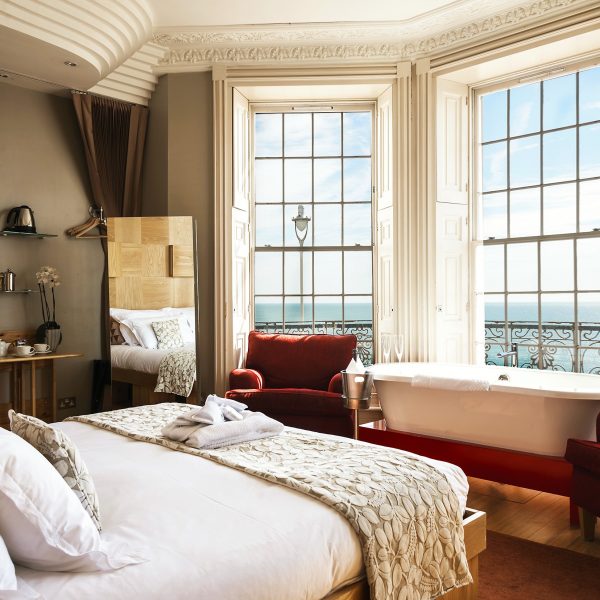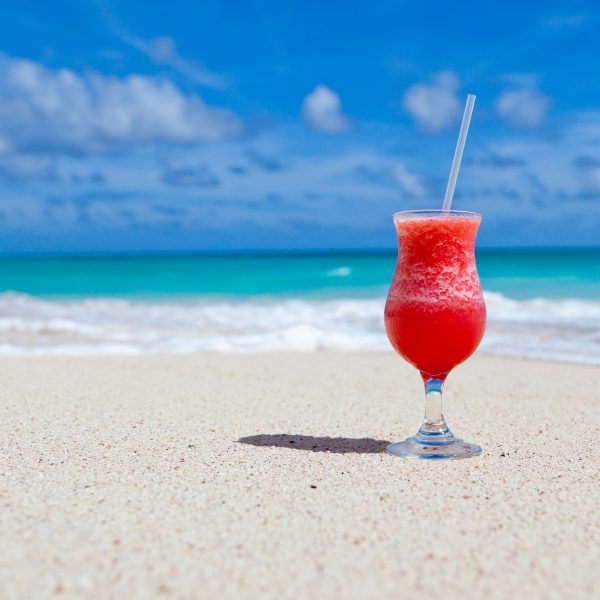Jenny Ardagh shares her journey through the Canadian Rockies, from Calgary right across to Vancouver, telling the story of natural beauty at its best; both in words and pictures
When travelling in the second largest country in the world, you have to be a bit fussy about what you want to see. Most of us don’t have the luxury of an unlimited time option and you simply cannot underestimate the size of this place; it’s huge!
A Quick Guide To Canada: West vs. East
To the East of Canada you have the towns and cities with a heavily European influence, including Celtic, Scandinavian and, of course French. Here you will also find a colder climate, often with heavy winds, snow and glacier temperatures reigning strong over fairly short summers. Temperatures can get so cold nearer the coast (sometimes down to a blood curdling –30 degrees Celsius or colder) that the Atlantic freezes over, allowing locals to even play ice hockey on the frozen water!
In contrast, the West coast has a strong Native American Indian culture, with British Columbia a particularly culturally diverse and historically significant province. Here you will experience a generally warmer climate, longer summers, but much more rain than elsewhere. Expect summer time here to be very similar to an English Spring/Summer, with a vast array of microclimates shifting the weather constantly and with temperatures ranging from around 10 – 25 degrees Celcius (give or take 2 or 3 degrees).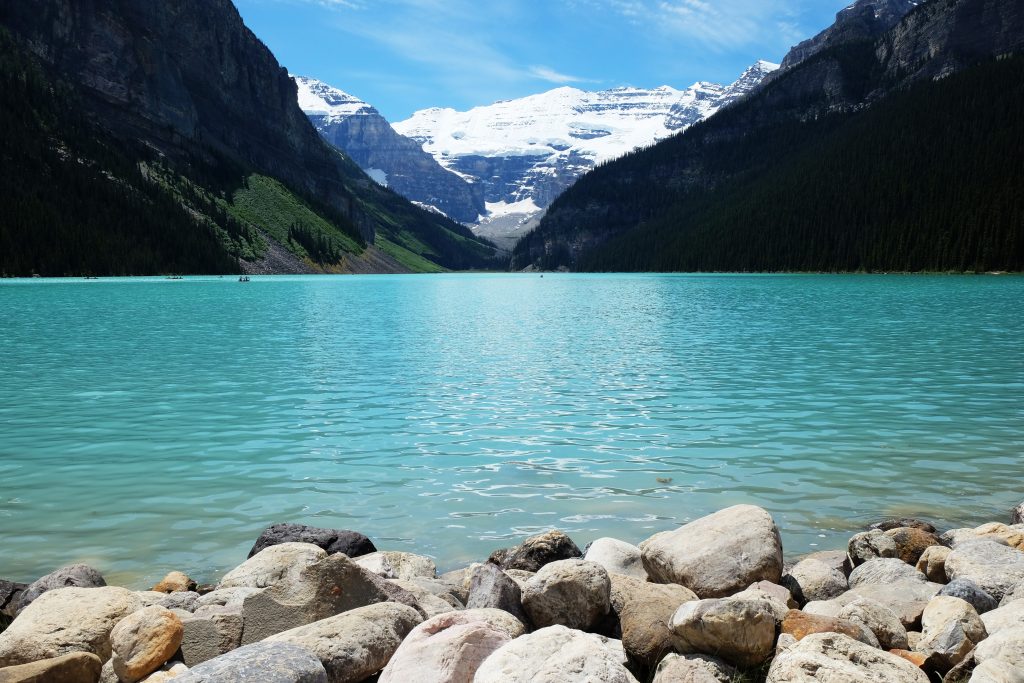
My own adventure began in Calgary and ended in Vancouver, taking me across one of the most impressive mountain ranges in the world: the Canadian Rockies. These mountains stretch across the provinces of Alberta and British Columbia, with ice-capped peaks, dramatic wilderness, glacier-fed lakes, beautiful National Parks and a diverse range of wildlife that you can’t see anywhere else.
Having known that Canada had more lakes than the rest of the world’s lakes combined, and some of the most majestic waterfalls known to the Earth, I knew I was in for a treat. As soon as I stepped foot out of the city and into the vast wilderness of the Canadian Rockies’ National Parks, I couldn’t help but be amazed by everything I saw. From every angle and with each blink, there was something new to ogle at, be it colossal mountains, crystal clear lakes, waterfalls, Elk grazing on the side of the road, or even the occasional black bear; my immediate thought was, how can you not fall in love with this country?
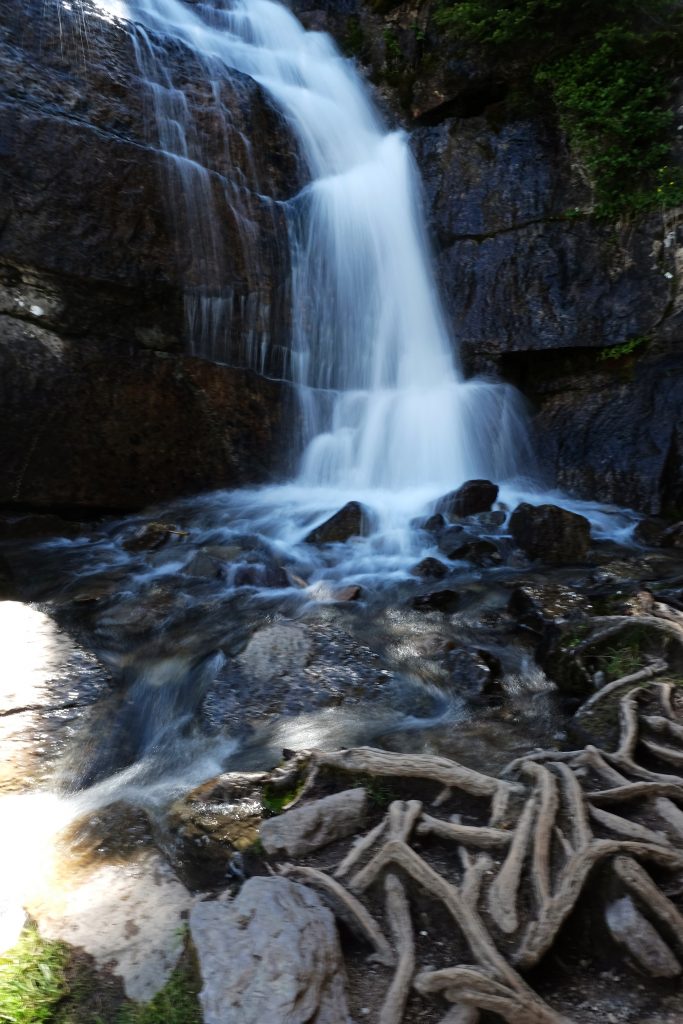 I was lucky enough to be in what was turning out to be one of the most spectacular sceneries in the world, and no less with a new camera that promised me spectacular shots. I had organised to review the Fujifilm X-E2S, an X Series great that had made its name in the photography industry, both for professional and amateur use from its release in January 2016. Although slightly overshadowed by the release of the Fujifilm X-Pro2 (their newest flagship model), this retro style mirrorless camera was marketed as a durable, compact and lightweight answer to travel photography – a welcome solution to having to lug around a heavy digital SLR, whilst still maintaining high quality images.
I was lucky enough to be in what was turning out to be one of the most spectacular sceneries in the world, and no less with a new camera that promised me spectacular shots. I had organised to review the Fujifilm X-E2S, an X Series great that had made its name in the photography industry, both for professional and amateur use from its release in January 2016. Although slightly overshadowed by the release of the Fujifilm X-Pro2 (their newest flagship model), this retro style mirrorless camera was marketed as a durable, compact and lightweight answer to travel photography – a welcome solution to having to lug around a heavy digital SLR, whilst still maintaining high quality images.
Most people’s go-to travel cameras are very compact, light and easy to use, but unfortunately take photographs that leave you feeling a bit disappointed. I am usually the other extreme from this point of view, having taken my Nikon DSLR everywhere with me since I was a teenager, including across Asia, Europe, the USA and the Caribbean. So, it was a big step for me to switch to the X-E2s. Having said that, I immediately saw the benefits of such a light body and lens combination – it fit nicely in my daypack and produced no strain at all when carrying it around my neck. I was looking forward to discovering more about what this little camera could do and knew some of its features would become very useful with such wonderful scenery surrounding me.
The Rocky Mountains are over 70 million years old with a peak height of 14,440 feet, providing some pretty beautiful geological sights for those that are interested. The higher you go, the more the peaks protrude into jagged edges with thick folds of snow covering their steep inclines.
Our first stop was Banff National Park, Alberta, situated just outside of Calgary itself. This was Canada’s first National Park, established in 1885, giving birth to Canada’s vast national parks system and an area that covers over 6,000 square kilometres with more than 1,000 miles of hiking trails to choose from. The town of Banff itself is the highest town in Canada, at an elevation of 4,537 feet, but a treeline of around 7,500 feet, leading to a magnificent sight of alpine forests.
This National Park is now one of the most popular in Canada, with approximately 4 million visitors per year to make the most of the sights of the World Heritage Site, including the Bow River, vast meadows and the 45 – 120 million year old mountains. However, this wasn’t always the case – when the park first opened, there was a large push for tourists and their most successful ploy to lure visitors in was to build the Fairmont Banff Springs Hotel. You can see this colossal mansion and luxury resort from miles around, especially when hiking the surrounding mountain range. You may think it a blot on the landscape, but in fact I found it a rather grand landmark, aptly reflecting the grandiose nature of the National Park itself. Once opened in 1888, visitors flocked to stay in the hotel, and the town of Banff was born. Having had a wonder around the hotel, I would highly recommend staying here for phenomenal views and first class accommodation.
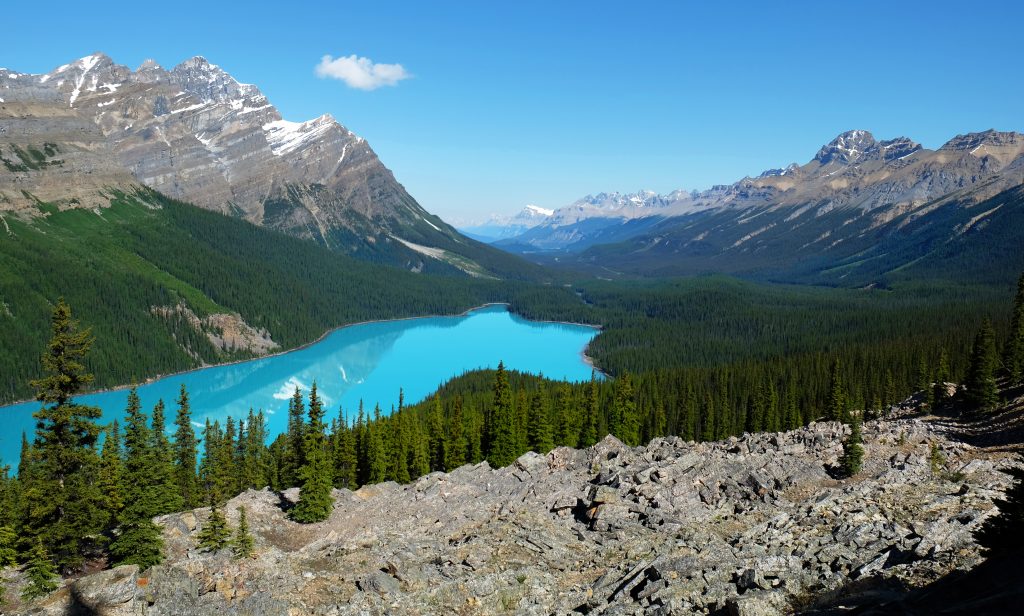 The fascinating thing about all areas of Canada was just how recent all its history is. The united country of Canada was only formed in 1867, making everything to British eyes seem so new, when locals view the same aspects as almost ancient. When combined with the relatively miniscule population (compared to the sheer landmass of the country), you can see how this is a fairly unique place.
The fascinating thing about all areas of Canada was just how recent all its history is. The united country of Canada was only formed in 1867, making everything to British eyes seem so new, when locals view the same aspects as almost ancient. When combined with the relatively miniscule population (compared to the sheer landmass of the country), you can see how this is a fairly unique place.
Lake Louise is a world famous area of Banff National Park with jaw-droppingly beautiful turqouise lakes, the Victoria Glacier and some incredible hiking. The hamlet of Lake Louise itself is smaller and more quiet than Banff, but is an ideal base for those who wish to explore the lakes or take part in some water activities. Starting beside another majestic hotel, the Fairmont Chateau Lake Louise, the vibrant glacier-fed lake I was faced with was more than a nice view to wake up to in the morning. As such, I felt a pang of jealousy at those who were staying in the hotel itself; I wanted to stay here forever and just look on at the water and its reflections of the mountains and trees. As I watched, in the distance I caught a glimpse of a snow avalanche cascading over the jagged ridges – this was quite a dramatic spectacle! The only thing I could have wished for was a zoom lens for my camera, but even then this natural occurrence would have felt just as distant and eerie.
The hiking trail around Lake Louise is a fairly long one, only arduous from the length of the walk up a gradual slope. We braved the 6.8 kilometre return hike to Lake Agnes Teahouse from the Chateau Lake Louise trailhead. I would recommend setting aside at least 3 hours for this trail as, even if it takes you only 2 hours to go up and down, you will want to stop off at the various lakes you come across on your travels and simply take in the view wherever possible. You may even be brave enough to have a dip in the bitingly cold – but oh so refreshing – waters.
On the journey up to Lake Agnes, you will come across Mirror Lake (named after its magnificent reflections) and a waterfall that cascades from Lake Agnes itself. These created some fantastic photo opportunities, and I very much enjoyed testing out my shutter speed options, allowing the water to cascade whilst the rest of the scenery stayed still and perfectly in focus. It worked remarkably well given that I had no tripod!
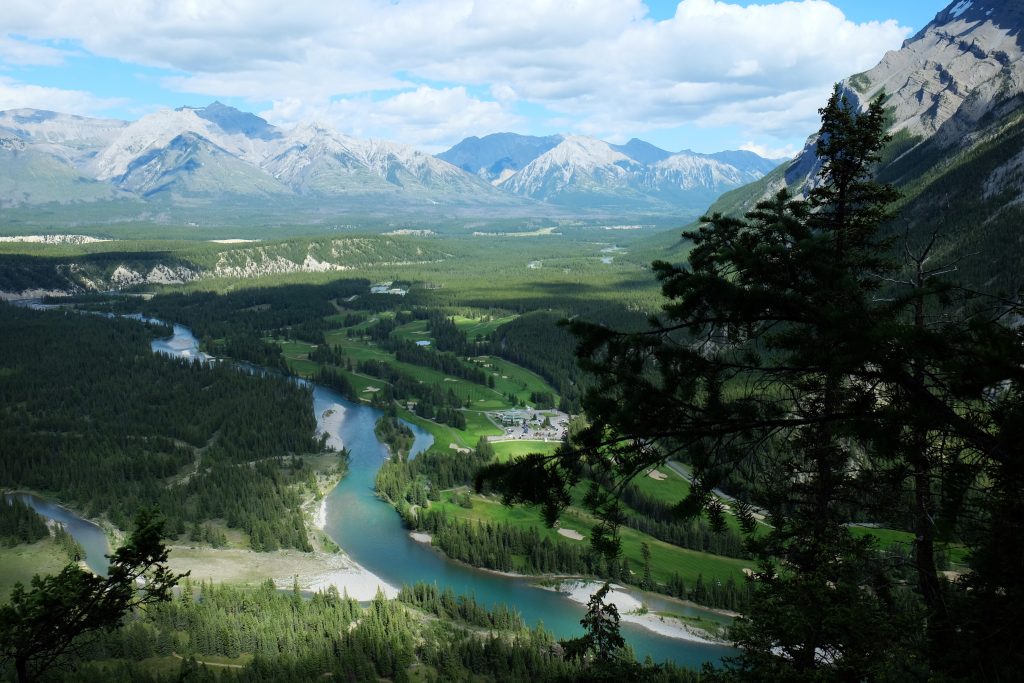 The family-run Tea House at Lake Agnes offers hot drinks and baked goods, so once you’re at the top, take a while to just sit and enjoy the 385 metre-deep view with some refreshments in hand. Alternatively you can continue up on the Plain of Six Glaciers Tea House hike, making a total of 5.3 kilometres one way, or you can connect the two Tea Houses via the Highline trail to form a 14.6 kilometre loop. Be warned, this is not an easy hike and will take a minimum of 5 hours even for the most experienced. This would, however give you a fantastic chance to see the Lower Victoria Glacier.
The family-run Tea House at Lake Agnes offers hot drinks and baked goods, so once you’re at the top, take a while to just sit and enjoy the 385 metre-deep view with some refreshments in hand. Alternatively you can continue up on the Plain of Six Glaciers Tea House hike, making a total of 5.3 kilometres one way, or you can connect the two Tea Houses via the Highline trail to form a 14.6 kilometre loop. Be warned, this is not an easy hike and will take a minimum of 5 hours even for the most experienced. This would, however give you a fantastic chance to see the Lower Victoria Glacier.
Glaciers in The Rockies are by no means few and far between though, and one of the most famous of these is Athabasca Glacier in Alberta, which I had the privilege of hiking on, following in the footsteps of the million or more tourists who do the same every year.
The glacier is situated in the Columbia Icefield and is the largest icefield in the Canadian Rockies. The Athabasca Glacier itself was simply beautiful to see from the bottom, where the oldest part of the glacier resides alongside the visitors centre. With my spikes on, winter coat, gloves and hat at the ready, I headed up with my guide, who showed the group where to walk, where not to walk, what to look out for and also told us a bit of about the glaciers past, present and future. About half way up the flowing valley glacier, I learned that where I was standing was transient ground. This glacier was constantly shifting, moving and changing – a perfectly natural phenomenon for such a feature, but there was also something more sinister in play: global warming. Staring at a large pole protruding from the ice itself, I was transfixed by the lines painted on it, signifying the height of the glacier this time last year and even just 2 weeks ago. Over the last 125 years, the glacier had lost half its volume and retreated more than 1.5 kilometres from where it was, but in just a year, more than 10 metres of the ice has been lost, and the melting process is accelerating. We stopped in our tracks to appreciate something that simply wouldn’t be around within 100 years. Here, you feel like you’re treading on lost history.
If you’re not much of a hiker, or simply didn’t come prepared for the ice, although they do offer all the necessary equipment, you might just want to look on and enjoy the view. In which case, just down the road from the glacier ‘entrace’ is the Glacier Skywalk, offering a perfect balance of breathtaking views, adrenaline-pumped excitement and feet firmly on the ground. The cliff-edge walkway is filled with nature-inspired interpretive exhibits, focused on one of the most unique ecosystems in the world. The main event is the glass-floored observation platform, which pretrudes from the cliff edge at 280 metres above ground level, over the glacier-formed valleys and waterfalls.
 Waterfalls filled me with excitement throughout my entire journey. Some of the most impressive waterfalls in this area of the world include Takakkaw waterfall in Yoho National Park, dropping a sheer 302m (the third highest in Canada), and Helmecken waterfall in Wells Grey Park, which isn’t technically in the Rockies. Laughing Falls, Twin Falls and Wapta Falls are also must-sees whilst in the area, each with its own character and distinctive beauty. Between these attractions though is the divide between the provinces of Alberta and British Columbia, and residing almost exactly on the divide is Jasper National Park. Established in 1907, this is not the oldest but is the largest national park in the Canadian Rockies, spreading itself over 10,878 square kilometres. It is most famous for the Columbia Icefields, as I have mentioned, but is also a fantastic place for hiking, skiing and wildlife viewing – it’s home to a healthy population of grizzly bears, caribou (deer) and wolves. Maligne Canyon and Maligne Lake are considered to be the most interesting sights and trails in Jasper National Park, once again a perfect opportunity to really appreciate the natural beauty all around you.
Waterfalls filled me with excitement throughout my entire journey. Some of the most impressive waterfalls in this area of the world include Takakkaw waterfall in Yoho National Park, dropping a sheer 302m (the third highest in Canada), and Helmecken waterfall in Wells Grey Park, which isn’t technically in the Rockies. Laughing Falls, Twin Falls and Wapta Falls are also must-sees whilst in the area, each with its own character and distinctive beauty. Between these attractions though is the divide between the provinces of Alberta and British Columbia, and residing almost exactly on the divide is Jasper National Park. Established in 1907, this is not the oldest but is the largest national park in the Canadian Rockies, spreading itself over 10,878 square kilometres. It is most famous for the Columbia Icefields, as I have mentioned, but is also a fantastic place for hiking, skiing and wildlife viewing – it’s home to a healthy population of grizzly bears, caribou (deer) and wolves. Maligne Canyon and Maligne Lake are considered to be the most interesting sights and trails in Jasper National Park, once again a perfect opportunity to really appreciate the natural beauty all around you.
Moving further on, into British Columbia territory, you won’t notice much of a difference in terms of the landscape, however once you are past Mount Robson (the highest point in the Canadian Rockies) you are now no longer in the Rockies themselves. Onward, past Wells Grey, towards Whistler, the environment becomes much more desert-like, flat and arid – quite a shock to the system after the varied heights and impressive appearance of the Rocky Mountains. I would recommend journeying from the Rockies towards the far West coast, visiting the city of Vancouver and Vancouver island. Namely, my favourite place on the island was Tofino – a place where rain is almost a constant, but the beaches and fishing village atmosphere is incredible. Equally, here is where you’ll get some of the best opportunities for whale watching, so don’t miss out!
With less people in the whole of the country than Tokyo’s Metropolitan area, you will never find stifling crowds, horrendous traffic and long queues in Canada. There’s certainly more than enough room for the 35 million inhabitants, and of course there’s an entire world of things to do and see. Of course, I have only described a pin-drop area in relation to the rest of the country, but from what I have seen, the rest is certainly worth exploring too! I will be back.
Fujifilm X-E2S: A Bit About The Camera... The X-E2S is an upgrade from the X-E1 and the subsequent X-E2. The upgrades include: a new 'Full Auto mode' button, an updated Auto Focus (AF) system with phase detection focus, and extended ISO range, and eletronic shutter and an improved design.
-
3-million-pixel, APS-C X-Trans CMOS II sensor
-
ISO 200-6,400 (raw), 100-51,200 (JPEG)
-
7fps continuous shooting
-
3in, 1.04-million-dot tilt LCD touchscreen
-
5in, 2.36 million dot viewfinder
-
1/32,000sec max shutter speed (electronic shutter)
-
16 megapixel APS-C X-Trans CMOS II sensor
-
EXR Processor II engine
-
3inch screen, 1040K dots
-
5-inch 2.36M-dot OLED Viewfinder (EVF)
-
Full Auto mode
-
FullHD Video
-
ISO100 to ISO51200
-
7fps continuous shooting
-
Wi-Fi
-
Panoramic shooting
-
Available in black or two-tone silver and black
-
Price: £779 (RRP)
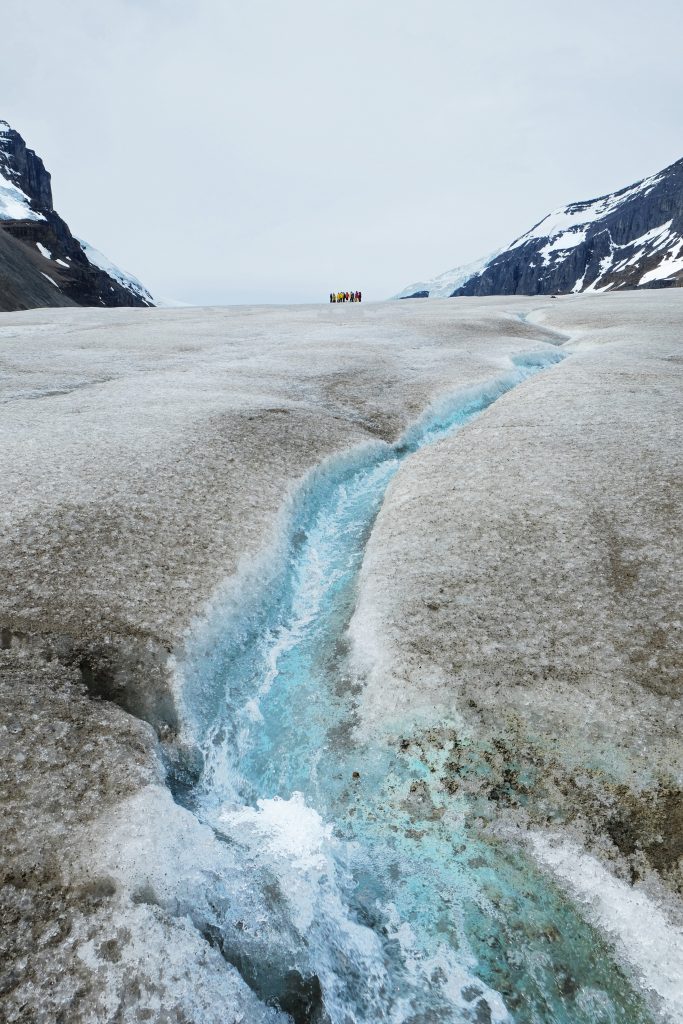 What Did I Think of the X-E2S?
What Did I Think of the X-E2S?
The Fujifilm X-E2S was a fantastic alternative to a DSLR. It maintained very high quality photography whilst providing a compact and easily navigable design. The battery life, according to Fujifilm is rates at 350 shots, and I can certainly vouch for this being correct, if not a bit of an understatement. I did, of course take extra batteries with me – I was camping with very little access to plugs, so I had to be sure! Having said that, I took 3 batteries with me over the course of a 2-week trip, and although I had a need for all 3, there was never any point where I felt I needed more juice. The 3 batteries suited the 2 weeks just right, and that was with absolutely constant use. Now, my DSLR lasts for around 5 days on one battery. This wasn’t as successful as that, but you must consider the difference between a DSLR and a CSC (Compact System Camera) such as this.
The LCD screen was clear, with a very true field of view. I was most amazed by the colours! On some cameras, you take an image whilst looking at the extraordinary colours in front of you and are often disappointed by the results. I can safely say I was never disappointed and consequently found hardly any need for editing my images once I was home. Yes, some of the images you see alongside this article are a little ‘touched-up’ but the contrast and saturation, I assure you, had no need to be adjusted.
The shooting options are great for an enthusiast, or someone who perhaps doesn’t know their way around a camera so well; it does all the settings for you! I found myself becoming very lazy with this camera, almost always shooting in auto mode as the device would intuitively sense what I was taking a picture of, changing itself to ‘landscape’ mode if I were shooting landscapes, and ‘macro’ mode if I had a close-up shot.
Overall, this camera is highly intelligent, making it extremely easy to use for any photography ability. It is light and simple to carry around with you and strikes that ideal balance between SLR and point-and-shoot cameras. I would highly recommend it.]
All photo credit goes to Jen Ardagh Photography

